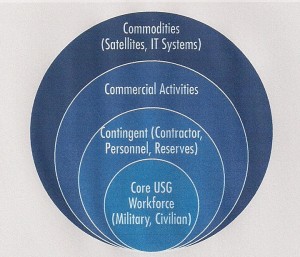The Intelligence Community Needs a New Workforce Model
It’s a new world for the 17 agencies within the intelligence community. Their budgets are shrinking in the face of an undiminished threat landscape and a growing list of cyber-adversaries.
The IC can do a lot of things, but it can’t make money grow on trees. It faces a grand workforce challenge: Smaller budgets. Reduced hiring. Increased uncertainty. The problems are magnified significantly during national security events that require a surge of talent.

With all that in mind, the Intelligence and National Security Alliance developed a task force of former senior intelligence officials and stakeholders from industry and academia to explore potential solutions. The resulting white paper released May 7, titled “Smart Change II: Preparing the Intelligence Community Workforce for an Evolving Threat and Fiscal Environment,” is a sequel to an initial INSA-led effort in 2011.
The white paper outlines several ways the IC could ensure a continuous assessment of strategic risk related to workforce reductions and proposes an overarching framework for civilian, military and contractor components of the IC that would guide strategic planning and management decisions.
“Budget constraints are the reality now,” said Deborah Kircher, Chief Human Capital Officer for the Office of the National Director of Intelligence, speaking at a Strategic Manpower Planning event hosted by Nextgov.



